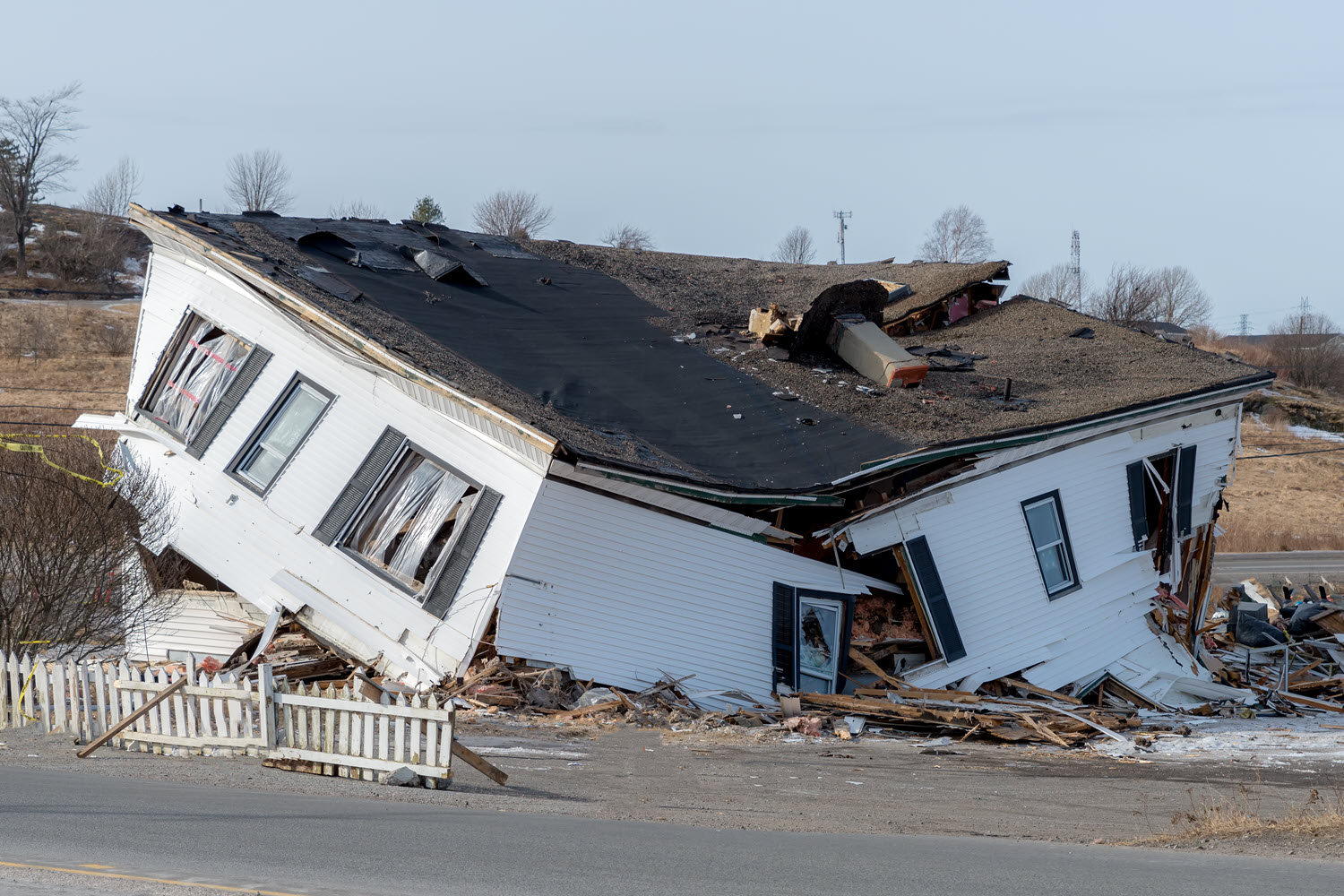
Being ready for disasters is crucial to ensuring the safety of your family. In the event of a major disaster, there may be chaos, confusion, and a shortage of essential supplies. It may not be easy to find any open stores, and emergency responders may be overwhelmed. But taking four simple steps recommended by the Federal Emergency Management Agency now can help you to be prepared if a disaster strikes and give you peace of mind.
1. Inform Yourself
- Learn about the specific natural and man-made risks in your area, such as hurricanes and tornadoes, and assess how vulnerable your community is to these hazards.
- Familiarize yourself with local disaster response strategies, evacuation routes, and emergency shelters.
- Understand how local authorities will notify you of impending disasters and where to get reliable information during and after an event.
2. Create a Disaster Plan
- Discuss all of this information with your family, including children, and involve caregivers in the planning process.
- Choose someone outside of your area and ask them to be your emergency contact in case members of your family get separated during a disaster. Make sure that everyone in your family has this person's contact information.
- Select two meeting places: one near your home for sudden emergencies and another outside of your neighborhood in case it isn't safe to return home.
- Create and share a family communication plan that includes contact details, meeting locations, and emergency services information. Also, make sure that your kids know how to make emergency calls and understand when to do so.
- Ensure that everyone knows the best escape routes and safe areas in your home for different types of emergencies, like fires or tornadoes. Draw a floor plan of your house that shows the locations of doors and windows as well as important items, such as disaster supply kits.
- Prepare necessary support items for family members with disabilities, and plan for alternate caregiving for those who rely on home health aides.
- If you have pets, identify pet-friendly shelters where you can go with them if you need to evacuate.
Other Things to Do Before a Disaster
- Make sure that your family and caregivers know how to turn off your water, gas, and electricity in case of an emergency and understand that they should only switch off utilities when they suspect that the lines are damaged or when there's a leak.
- Teach everyone how to use fire extinguishers, and make sure they are easily accessible.
- Install smoke and carbon monoxide alarms on every level of your home, especially near bedrooms.
- Check to see whether your insurance covers disaster-related damage, as standard policies may not include floods or earthquakes.
- Take first aid and CPR classes from the Red Cross to be prepared for medical emergencies.
- Keep a record of your home's contents for insurance claims, and store it in a secure location.
- Keep important records, such as birth certificates, insurance documents, and mortgage papers, in a safe, secure place.
- To reduce hazards at home during a disaster, address potential risks ahead of time. Have an expert repair any leaky gas connections or defective wiring, and make sure that large or heavy objects are always placed on lower shelves. Secure furniture, appliances, and fragile items with straps or quake wax to prevent them from falling or causing injury. Store hazardous materials safely away from heat sources, and ensure that chimneys and flues are cleaned and repaired regularly to reduce fire risks.
3. Gather a Disaster Supply Kit
Your disaster kit should be a collection of essential items that you'll need to survive for a few days, whether you are at home or on the move. Store the kit in a portable container close to an exit, and review its contents regularly, adjusting as needed. It's also wise to have smaller disaster kits in your vehicles and at your workplace.
Basic Items to Include
- Three-day supply of water (one gallon per person per day) and non-perishable food
- Manual can opener
- Photocopies of identification, credit cards, and cash in small denominations
- Prescription medications, hearing aid batteries, contact lens solution, and glasses
- Formula, bottles, diapers, and pacifiers
- Hand sanitizer, toilet paper, and moist towelettes
- First aid kit and guide
- Portable battery-powered TV or radio and extra batteries
- Flashlight with spare batteries
- Whistle
- Waterproof matches
- Extra clothing, blankets, and jackets
- Kitchen tools, including basic utensils and cooking accessories
- Pet supplies, maps, and other items specific to your needs
Cold-Weather Essentials
- Warm clothing (coat, long pants, sturdy shoes, hat, mittens, and scarf)
- Sleeping bags or heavy blankets for each person
Vehicle Emergency Supplies
- Flashlight with extra batteries
- First aid kit
- Jumper cables, tire repair kit, and flares
- Seasonal items, like a blanket, snow brush, and shovel for winter or sunscreen for summer
4. Maintain Your Plan and Kit
- Every six months, revisit your plan and quiz your family on the appropriate actions to take in different emergency situations.
- Practice fire and emergency evacuation drills with your family regularly.
- Check the expiration dates of your food supplies, using and replacing them as needed.
- Monitor the status of your fire extinguishers, test your smoke alarms monthly, replace the smoke alarm batteries at least once a year, and replace the alarms themselves every ten years.
Additional Resources
